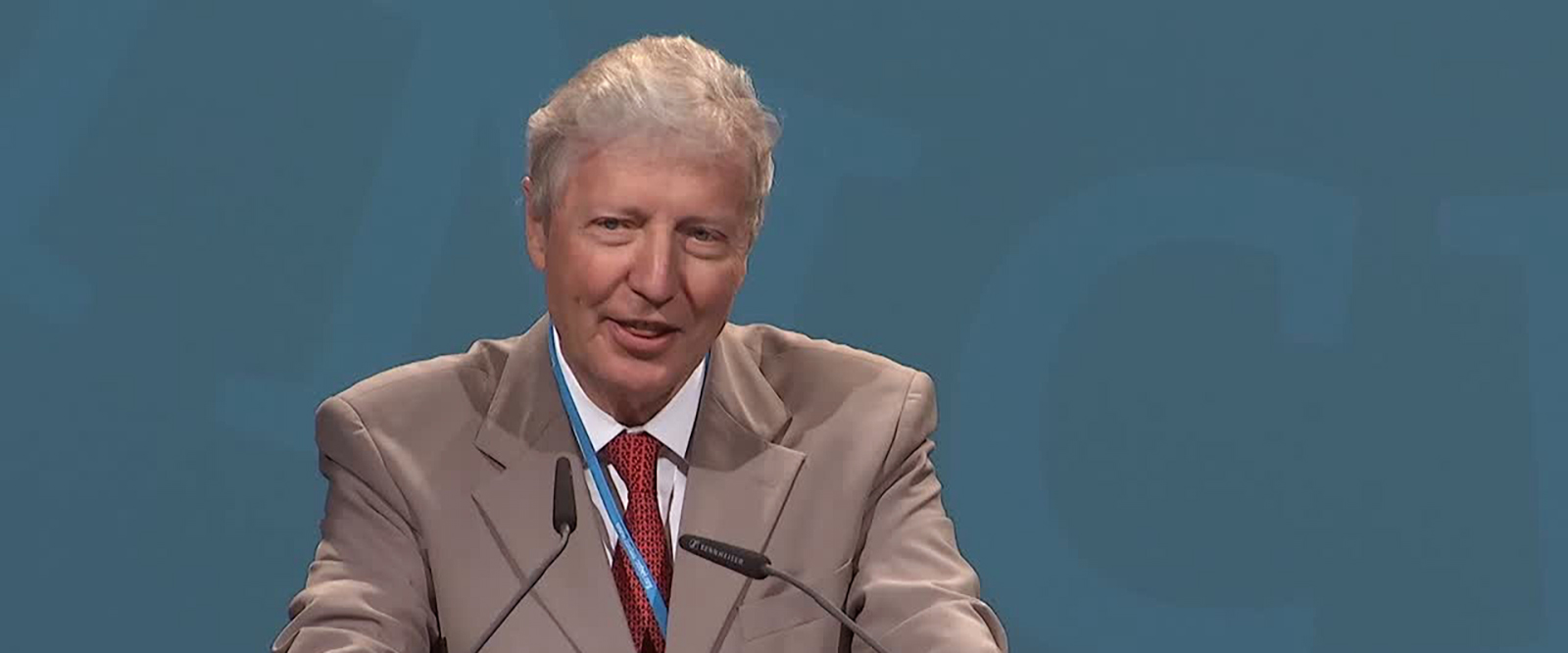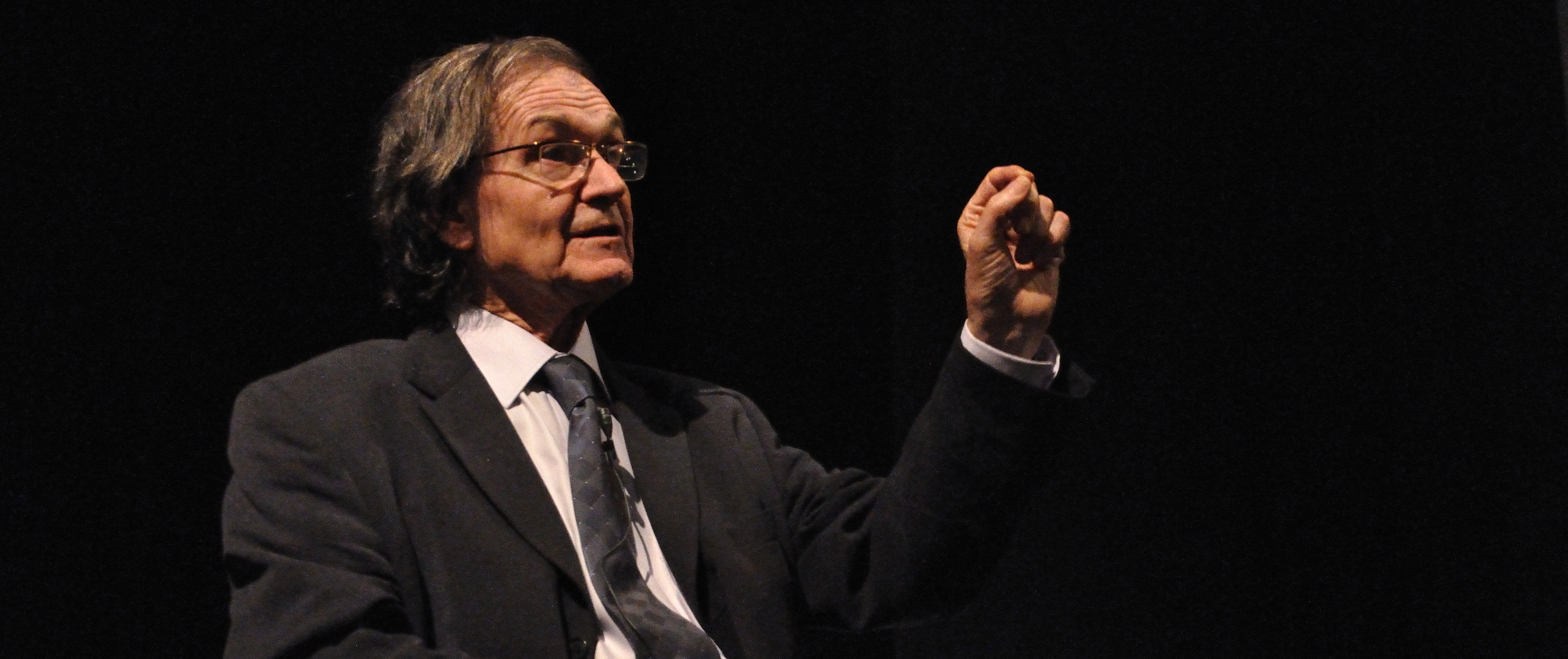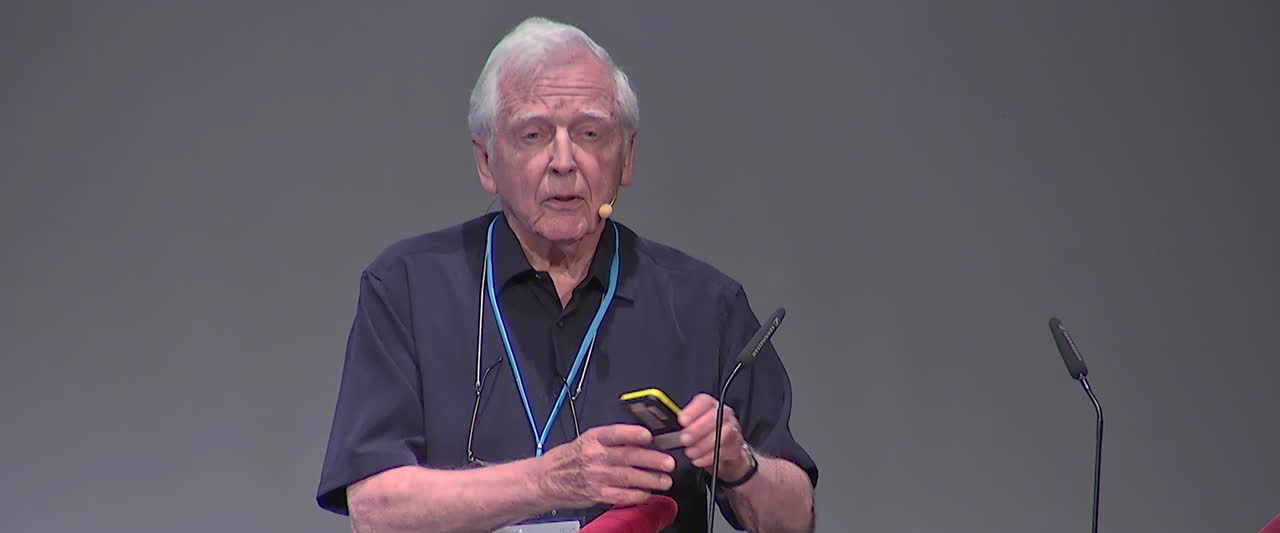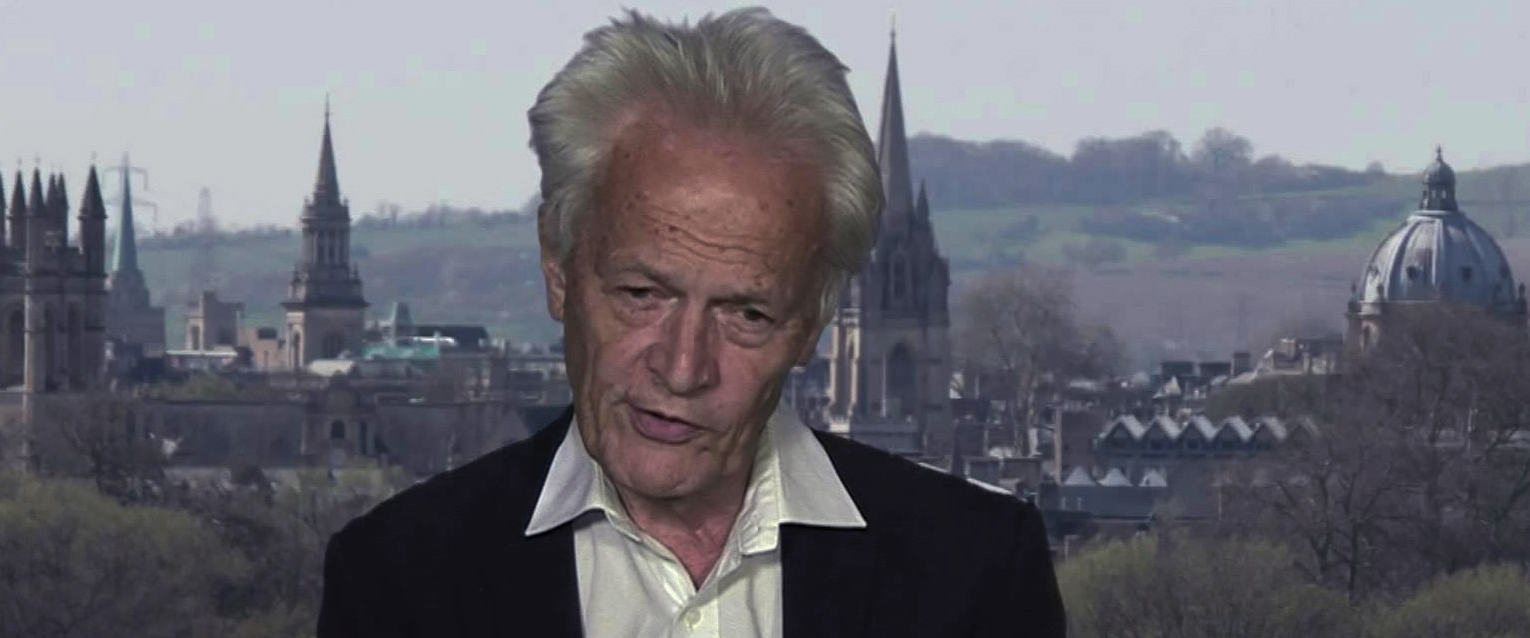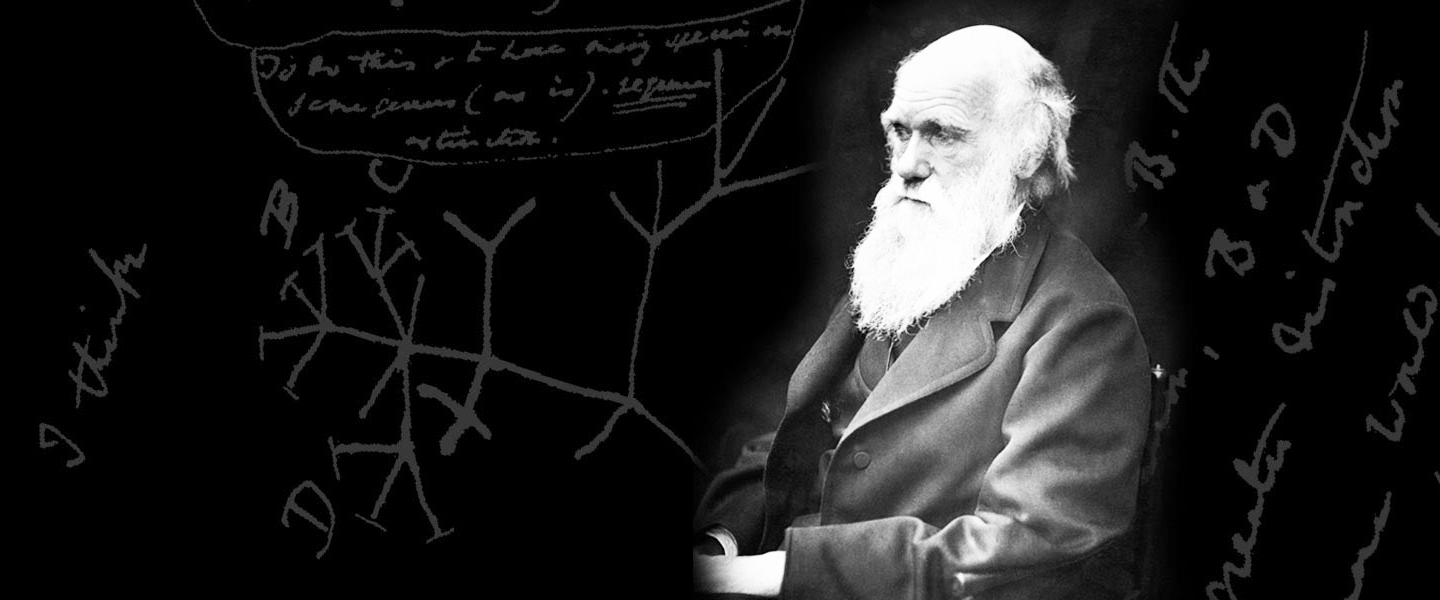Six of the postgraduates and post-doctoral fellows who lived and studied in College during the academic year 2012/13 have requested confirmation of their College placements for 2013/14. They include a PhD student registered with the University of Pavia (M Kissova), a visiting PhD student (F Da), two postgraduate research fellows (C Manieri and MC Renna), a postgraduate medical student (C Sgarlata) and a post doctoral fellow (M Caricato).
Marco Caricato, post-doctoral fellow, Synthetic Chemistry
(supervisor: Dario Pasini, Department of Chemistry)
The objective of my research is the incorporation of BINOL-based molecular modules, acting as a “robust” source of chirality, into homochiral, shape-persistent macrocycles, in which self-recognizing units are present in the molecular backbone in order to assemble helical nanostructures. Constructing abiological helices might have potential applications in the area of chiral separation, asymmetric catalysis and electrooptic materials.[1] The host-guest properties of such compounds might also lead to innovative systems for the selective transport across membranes. More specifically, I have synthesized and characterized a series of novel optically-active macrocycles, obtained from a 3,3’-dimethanol-1,1’-binaphthyl (with different group in 2,2’ position) and phenyl dicarboxylic acids via esterification reactions, amidation or click chemistry.[2] The hydrogen bond of the carboxylic acid functionalities in macrocycles 1 and the coordination bond with ligand PdCl2(CH3CN)2 of the piridine in macrocycles 2 should yield chiral supramolecular nanotubular polymers. Moreover the first two macrocycle is used as chiroptical sensor for metal like Zn, Ni and Cu (1) or Pd (2) anion. The macrocycle 3 instead is used as chiroptical sensor with anion like halogen, carbossilate, (+) and (-) mandelate, etc.
[1] D Pasini, M Ricci, Curr Org Synth 4:59, 2007 [2] a) M Caricato, C Coluccini, D Dondi, DA Vander Griend, D Pasini, Org Biomol Chem, 8:3272, 2010. b) S Colombo, C Coluccini, M Caricato, C Gargiulli, G Gattuso,* D Pasini, Tetrahedron, 66:4206, 2010. c) C Coluccini, D Dondi, M Caricato, A Taglietti, M Boiocchi, D Pasini,* Org Biomol Chem, 8:1640,2010.
Feng Da, Visiting PhD Student, Microelectronics, yr 2
(supervisor: Franco Maloberti, Department of Electrical, Computer and Biomedical Engineering)
My research activity is on the analysis, design, integrated implementation and experimental verification of an advanced analog-to-digital converter for software-radio applications (for car radio). The activity uses a state-of-the-art CMOS technology made available by the semiconductor company ST Microelectronics in the frame of a research project with the Franco Maloberti’s laboratory at the Department of Electrical, Computer and Biomedical Engineering. The research activity leads to an innovative scheme of third order sigma-delta modulator with two op-amps, capable to achieve more than 12-bit of resolution for 640MS/s and a 20MHz signal band. The scheme is competitive with state-of-theart results for power consumption (the design goal is FoM < 100 fJ / conv). My research on preliminary study, architecture definition and simulations of the Simlink model in Matlab and the VerilogA mode in Cadence at the behavioral level and simulations at the transistor level already obtained satisfactory results, including the verification of innovative ideas on the noise transfer function and the architectural implementation.
The results of my research activity are considered advanced and industrially relevant, as stated by manager and designers of ST Microelectronics. Now I am doing the layout of the two-path sigma-delta modulator. Up to now most of the layout work has been finished. All the tapeout work is planned to be completed in November this year. Besides, in order to enhance the immunity to clock jitter noise in continuous-time (CT) sigma-delta modulator, while relaxing significantly the request of the op-amp slew rate so as to preserve the benefits of a conventional CT DAC, a current mode DAC based on capacitors for CT Sigma-Delta modulators is proposed. The corresponding research results have already been written in the paper listed below.
Da Feng, F. Maloberti, Sai-Weng Sin, Seng-Pan U, R.P.Martins,
“Jitter-Resistant Sine-wave shaped DAC for Continuous-Time Sigma-Delta Modulators”, has submitted to IET Electronics Letters.
Miroslava Kissova, PhD Student, Drug Discovery, yr 2
(supervisor: Giovanni Maga, CNR Institute of Molecular Genetics)
I am a PhD student working in the Laboratory of Molecular virology and DNA Enzymology of Giovanni Maga at the Institute of Molecular Genetics of the National Research Council (CNR) in Pavia. My research project is aimed on the discovery and characterization of novel tyrosine kinase inhibitors for molecular targeted anticancer therapy. This project is running in the long-lasting collaboration with the laboratory of pharmaceutical technology department directed by Maurizio Botta (University of Siena). Tyrosine kinases (TKs) are a family of enzymes which specifically catalyze phosphorylation of tyrosine residues in target proteins. Phosphorylation of proteins by kinases is an important mechanism in communicating signals within a cell.
TKs are important mediators of the signaling cascades, determining key roles in different biological processes such as cellular growth, differentiation, metabolism and apoptosis. Although their activity is tightly regulated in normal cells, they may acquire transforming functions due to mutation, overexpression and auto/paracine stimulation, causing tumours. In our laboratory, we focus on the study of ABL and SRC kinases. It has been well established that Bcr-Abl oncoprotein is the causative agent in chronic myeloid leukaemia (CML) pathogenesis. Numerous human malignancies (tumours of lung, prostate, breast, colon, pancreas and neuroblastoma) display the increased expression and activity of SRC suggesting that SRC is intimately involved in oncogenesis. Moreover, SRC and ABL kinases cooperate in CML pathogenesis.
The major problem of treating these diseases is the emergence of the drug resistance and the toxicity of conventional therapy. Our aim is to develop the specific non-toxic dual inhibitors (vs. ABL and SRC), which can overcame this resistance. By combination of molecular modelling and combinatorial chemistry techniques, our research group has recently synthesized and tested potential dual Bcr-Abl/SRC inhibitors with notable antiproliferative and pro-apoptotic activity. What is more, several of these compounds are able to inhibit a mutated form of ABL (T315I), for which no cure is available on the market. Currently, the effects of these inhibitors are being tested on the human cell-lines to be then possibly advanced into clinical trials. Neuroblastoma represents the most common extra-cranial paediatric solid tumour for which no specific FDAapproved treatment is currently available. In this regard we identified inhibitors capable of inhibiting (at low nanomolar concentration) the growth and invasiveness of Neuroblastoma tumour cells without affecting healthy cells.
Caterina Manieri, Postgraduate Research Fellow, Stem Cell Biology
(supervisor: Maurilio Sampaolesi, Department of Public Health, Experimental Medicine and Forensic Medicine and University of Louvain)
Induced pluripotent stem cells (iPSCs) are considered to be important due to their similarity with human embryonic stem cells (hESC). iPSCs alleviate ethical concerns about using hESC and can be differentiated in any types of adult cells such us cardiomyocytes providing an unlimited source of them. Plus, patient-specific cardiomyocytes that are immunologically compatible can be created. Several cardiac differentiation protocols have been described in the literature but they suffer of low efficiency and reproducibility. The aim of this study is to differentiate pluripotent stem cells into cardiomyocytes. Minicircle DNA vector technology represents an alternative approach to viral methods for generating induced pluripotent stem cells (iPSC). Minicircles are episomal DNA vectors that lack a bacterial origin replication and no longer contain antibiotic resistance markers. Minicircles provide for a transient expression of transgenes without the risk of immunogenic responses. We transfected fetal fibroblasts and fetal myoblasts by minicircles DNA constructs containing LGNSO (lin28, GFP, NANOG, Sox2, Oct3/4) and/or miRNA clusters, both capable of reprogramming somatic cells.
In a project carried out in M Sampaolesi's laboratory at Louvain, we performed pilot experiments to determine the efficiency of several transfection/nucleofection protocols on adult fibroblasts, fetal fibroblasts and myoblasts although we performed the transfection with minicircles on the fetal cells. Transfection efficiency was monitored by the fluorescence signal derived from Green Fluorescent Protein (GFP). We evaluated cells’ viability and GFP signal by FACs Analysis, visual analysis, microscope examination and cell counting. We treated cells with specific culture media to ‘reprogram’ cells to iPSCs obtaining some cells that gradually changed their morphology and we monitored them for emerging small clusters with iPSCs-like shape. Further protocol optimisation is needed to pave the way for efficient and reproducible nonviral methods for iPSCs generation.
Two procedures, spontaneous differentiation protocols and directed differentiation have been used to differentiate cardiomyocytes from ESC and iPSC. By evaluating the percentage of beating clusters we found that spontaneous differentiation protocols worked with a low efficiency on both ESC and iPSCs while directed differentiation worked only with ESC at a high efficiency even using a timed and sensible growth factor cocktail. Furthermore the cells we have created have been studied by gene expression analysis and immunohistochemical analysis that showed a different expression of cardiac and pluripotency markers. Although different aspects still need to be improved, the results of this study contribute to open new avenues for human in vitro cardiac models physiologically and clinically for drug screening and regenerative medicine study.
M Concetta Renna, Postgraduate Research Fellow, Leukaemias
(supervisor: Mario Cazzola, Department of Molecular Medicine)
In the academic year 2012/13 I did a post-graduate internship at the “San Giorgio” medical laboratory located in San Genesio ed Uniti (Pv). Here I learned clinical analysis techniques in hematology, clinical chemistry, immunoassay, allergology, coagulation, serology and urine and sediment analysis. I learned the use of the following analysis tools: “Abbott Architect, Abbott Cell-Dyn Ruby, Immulite 2000 Medical System, Thrombolyzer, Chorus Diesse, Tosoh G8, Vidas Biomeneux and Director Menarini.” I also learned elements of microbiology. This experience was very important to me and has significantly contributed to my scientific training and I hope that what I have learned may be useful for my job in the future.
From the beginning of June I started a research project entitled “Identification of new therapeutic targets in chronic myeloproliferative neoplasms through an integrated biomolecular approach” in Mario Cazzola’s laboratory (Unit of Haematology, Department of Molecular Medicine). My work consists in the study of the molecular basis of the myelodysplastic and myeloproliferative disorders for the development of new diagnostic and therapeutic strategies. The studies are conducted in collaboration with Jacqueline Boulwood (Oxford Molecular Haematology Unit), the Karolinska University Hospital in Stockholm and the Heinrich-Heine University in Duesseldorf. In particular we are studying Jak2 gene mutations which play a role in the pathogenetic mechanism of these disorders.
These disorders include chronic myelomonocytic leukemia, atypical chronic myeloid leukemia (BCR-ABL1 negative), juvenile myelomonocytic leukemia, and myelodysplastic/ myeloproliferative neoplasms, unclassifiable. In 2005 by studying loss of heterozygosity (LOH) of chromosomes 9p our research group found that most patients with MPN carry the JAK2 (V617F) mutation. This somatic gain-of-function mutation provides a proliferative advantage leading to clonal proliferation of hematopoietic cells. Our research focuses on myelodysplastic/myeloproliferative neoplasms of adulthood, and in particular on chronic myelomonocytic leukemia. Using high resolution SNP microarrays we are analyzing the genomic aberration that underlie leukemic transformation in familial MPN. Finally we are participating in clinical trials on the use of JAK2 inhibitors for treatment of patients with MPN. Recent studies have partly clarified the molecular basis of MPN, laying the groundwork for the development of molecular diagnostic and prognostic tools.
Carmelo Sgarlata, Postgraduate Medical Student. Diseases of the elderly, yr 1
(supervisor: Sebastiano Bruno Solerte, Department of Internal Medicine)
In July 2012 I began my experience at the postgraduate medical school in Geriatrics at University of Pavia working at the Orthogeriatrics Department at “Humanitas Hospital” in Rozzano. This gave me the opportunity to mature professionally gave me responsibility for taking care of patients with hip fracture and applying novel and more effective protocols based on the” orthogeriatrics model”. Hip fracture is a common serious clinical problem affecting elderly people, which is associated with high morbidity and mortality. Older adults with hip fracture have a 5 to 8 fold increased risk for all cause mortality and much higher risk of institutionalisation. Therefore, interventions aimed at prevent institutionalisation, preventing a second fracture in institutionalised patients and decrease mortality after a hip fracture are highly needed. The orthogeriatrics model of care that we applied at the Orthogeriatric Department in Rozzano is a shared-care approach. This program includes a comprehensive medical and nursing admission assessment focusing on the patient's premorbid function, cognition, comorbidities, and risks and is followed by a comprehensive care plan design. In conclusion the time spent at Humanitas Hospital has been a positive experience for me and I am sure it will be useful in my future working life.
From December 2012 to March 2012 I worked at a specialist rehabilitation Centre, namely the “Santa Margherita Geriatrics Institute” in Pavia where I worked primarily in rehabilitative care. Rehabilitation of elderly patients can assist in preserving functional independence and improving the quality of life. I learned the general principles of rehabilitation and that the assessment and management of an individual patient are best performed by a team approach, ie by a team including a physician, rehabilitation nurse, physical therapist, occupational therapist, psychologist, medical social worker, and recreational therapist. From April to May 2013 I worked in the Division of Pneumology of the San Matteo Hospital in Pavia. Here I learned procedures such as endoscopic examinations of lung and thoracentesis as well as the use of devices for assisted ventilation. Later, from May to June I worked at the Department of Internal Medicine of San Matteo where I gained experience primarily in cardiology and diabetes care.
Regarding my research activity during the year I focused mainly on aging and on the development of new models for improving the effectiveness of care in geriatrics, for example, through the drafting of a protocol for the prevention of falls in the hospitalized elderly. In November 2013, I will give a paper at the Italian Geriatrics Society Congress of which I am member. I am also involved in a project called “Autumn flowers” for the support to family members of patients with Alzheimer's disease. I want to conclude by thanking all the people who have helped me to grow professionally and humanly in this year and by expressing my involvement and support for the “Volta Medical Society” at Collegio Volta. This Society has been created with the aim to promote discussions on medical topics of broad interest and advances in medical sciences with strong implications for society. I am a proud member of the Society and I hope it will grow successfully in future also through my contributions.
